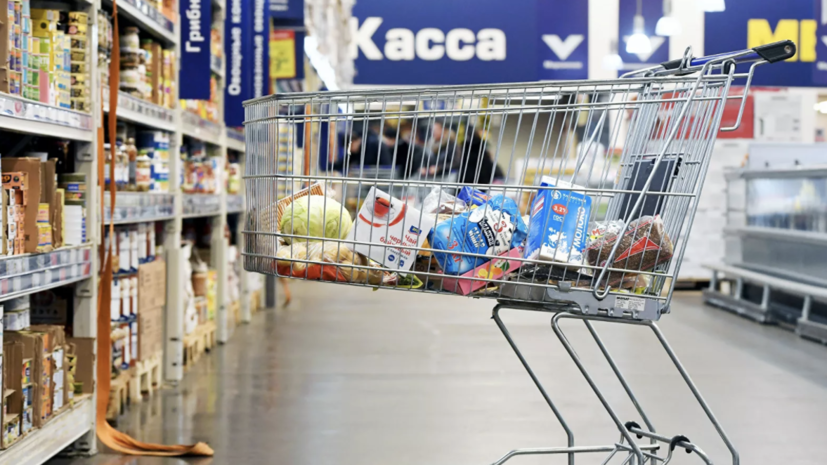The study “Russian consumers - a new reality” notes that the first stage from January to March can be described as “the calm before the storm”.
At this time, no restrictions were required in Russia, and the coronavirus seemed to be an external problem.
During the second stage from March to May, called by the researchers "outbreak and purchase for future use", a period of non-working days is introduced in Russia.
“People are starting to buy essential goods, grocery stores do not have time to replenish stocks, online stores and delivery services are maximizing production capabilities, consumers are trying different digital services,” RIA Novosti reported.
Further, from May to June, there is a period of stabilization, when consumers and businesses have adapted to the new reality.
From June to September, the recovery period continues after the pandemic, when most restrictions are removed, and the daily number of people recovered from the coronavirus exceeds the number of new cases.
“Consumers are trying to catch up by shopping across all major product categories;
restaurants are full of visitors, ”the researchers note.
From September, according to the study, the fifth stage, "New Reality - What Awaits Us Ahead?", Began, when consumers already know more about the risks and are becoming cautious, and entrepreneurs are digitalizing their offer and supply chain.
“Consumers remain worried about the prospect of a second wave of the pandemic ... They avoid unnecessary travel and work remotely several days a week,” the description says.
In August, Vladimir Buev, President of the National Institute for Systemic Research of Entrepreneurship Problems, in an interview with the Economy Today FBA, assessed the impact of the COVID-19 pandemic on the economy.

